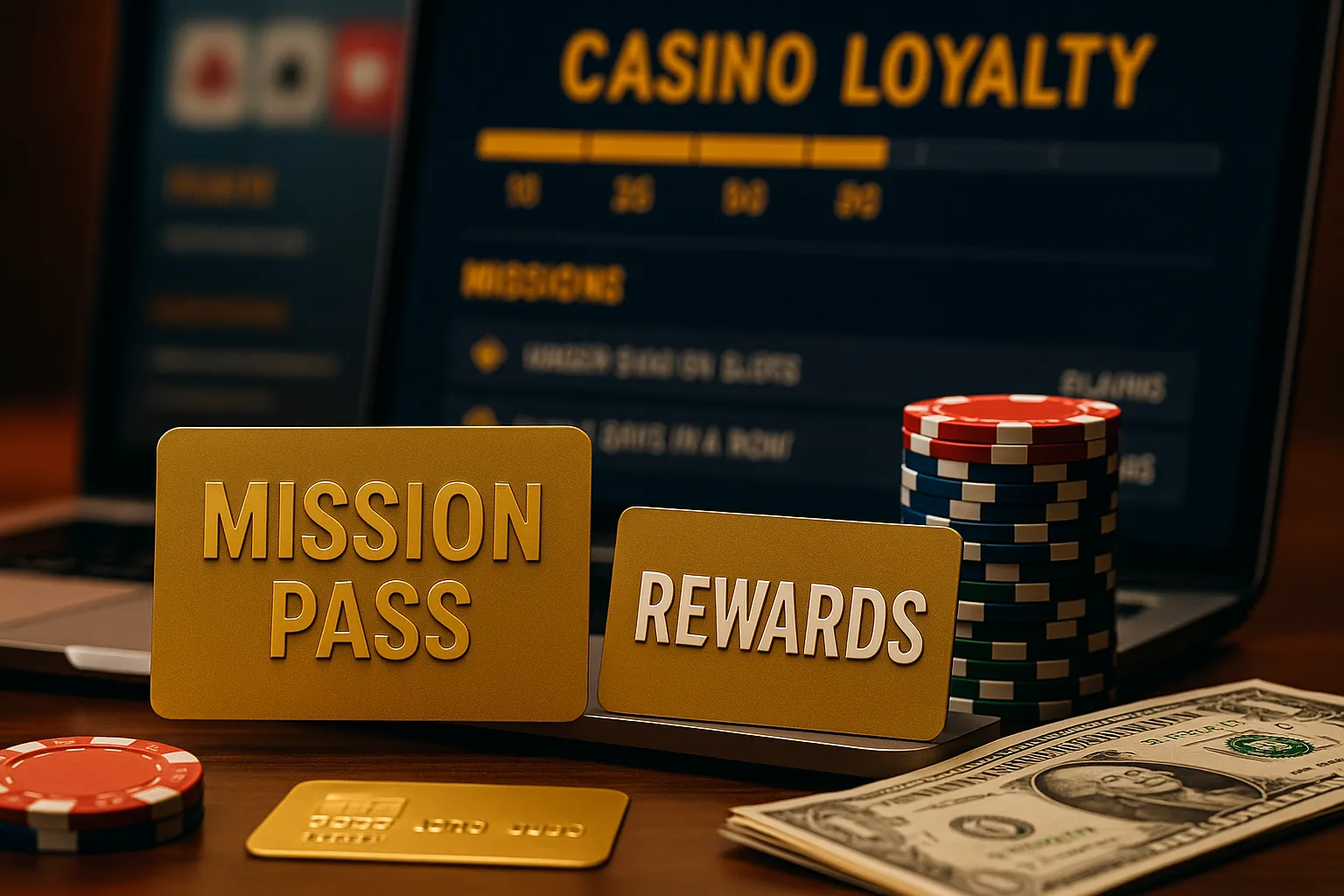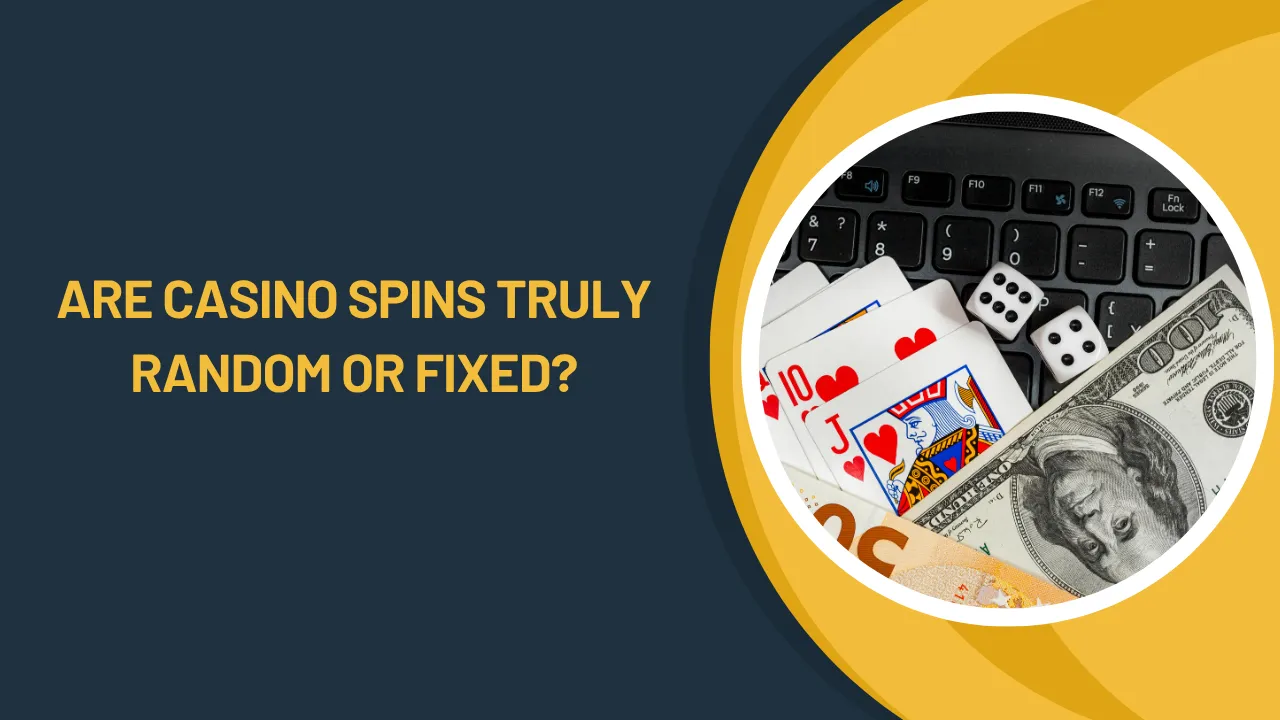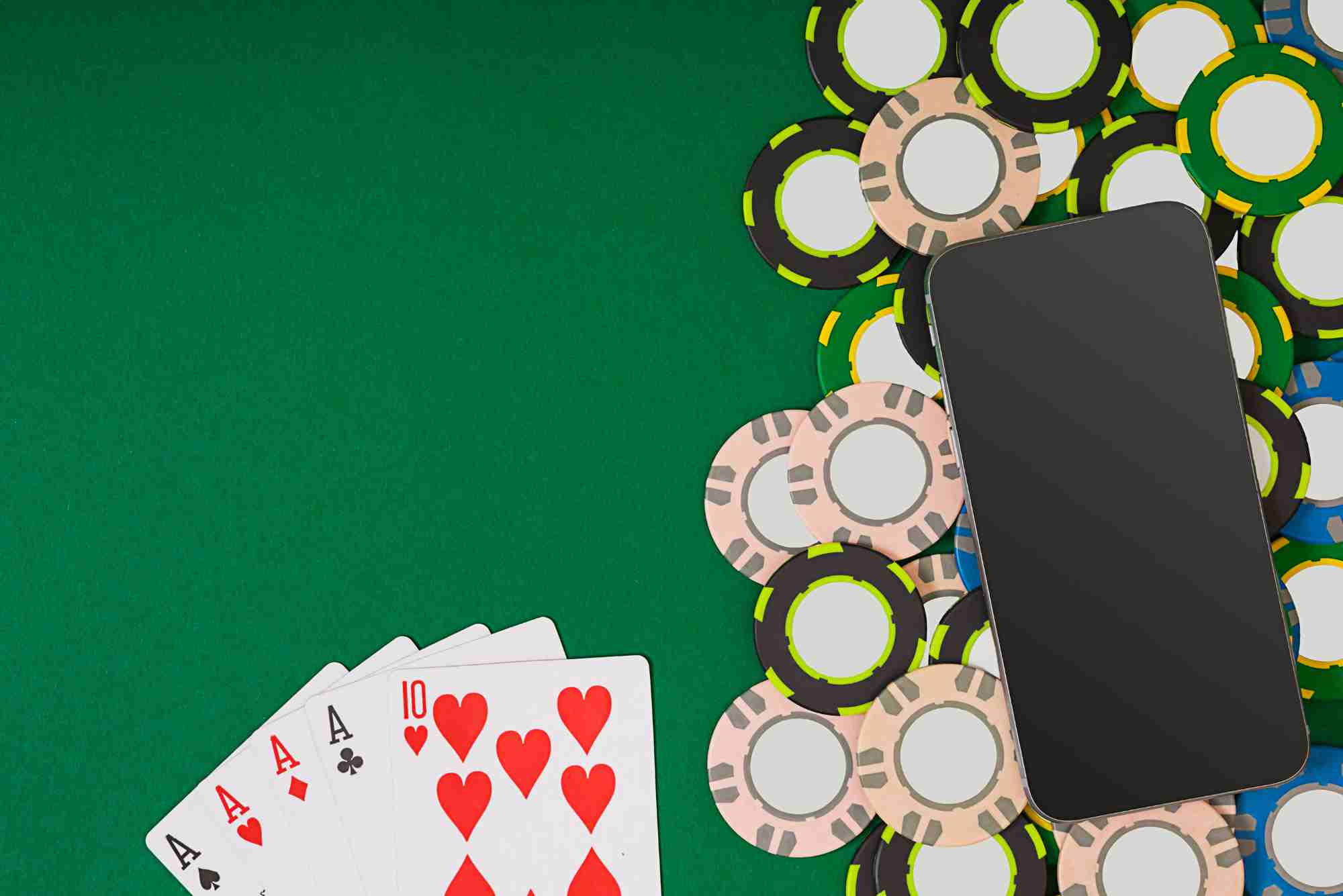I still remember the thrill of logging into a new casino app and discovering its mission pass system—a set of challenges laid out like levels in a video game. Completing these missions unlocked rewards ranging from free spins to cashback bonuses. It felt fresh, engaging, and far more interactive than the old points-per-wager model I’d known since my earliest days at brick-and-mortar loyalty clubs. In this article, I’ll break down exactly how mission passes operate, why they’ve become such a hit with players, and how casinos—especially those targeting markets like non gamstop casinos—leverage them to boost retention and satisfaction.
The Evolution of Casino Loyalty Programs
Over the past two decades, casino loyalty schemes have evolved from basic punch cards and tiered point systems to highly sophisticated, data-driven platforms. Initially, players collected points by wagering, and these points determined their tier status—bronze, silver, gold, and beyond. Higher tiers meant better perks: faster withdrawals, exclusive offers, birthday gifts, and VIP event invites.
But as online casinos proliferated, platforms needed fresh ways to stand out and sustain engagement. Static point accumulation felt stale to many gamers who wanted more immediate gratification. Enter mission passes: a dynamic, goal-oriented approach inspired by mobile gaming and subscription services.
From Tiers to Tasks
Rather than simply amassing points, modern casinos now often offer a “seasonal” or “battle” pass structure. Players join a pass—sometimes free, sometimes premium—and are presented with a list of missions. Each mission outlines a task: place 20 wagers on slots, win 50 hands of blackjack, or deposit a set amount within a timeframe. Completing a mission grants XP or direct rewards, which collectively fill up a progress bar. As the bar advances, players unlock successive reward tiers, sometimes reaching a grand prize at the pass’s conclusion.
How Mission Pass Mechanics Work
Earning Missions and Getting Started
Most mission pass systems follow a similar blueprint. Upon registration or opt-in, players access a dedicated “Missions” tab. Here, they see:
A visual progression tracker displaying levels.
A list of missions grouped by difficulty or theme.
Estimated timeframes (e.g., weekly or monthly) to complete each mission.
Some casinos offer two tracks: a free tier with base-level rewards and a premium tier—often purchased for a modest fee—that doubles rewards or unlocks exclusive prizes. This tiered approach resembles subscription-based battle passes in popular online games, balancing generosity with monetization.
Completing Missions and Claiming Rewards
Once a mission is finished—say, wagering $100 on selected slots—the system automatically credits the associated XP or reward tokens. In many platforms, you’ll see celebratory animations popping up, reinforcing the sense of accomplishment. These tokens or XP accumulate toward level thresholds that, when reached, dispense tangible payouts: free spins, bonus cash, loyalty points, or even physical gifts in high-tier passes.
It’s here that operators often cross-promote other services. For instance, a mission might invite players to try table games or live dealer experiences. And for UK gamblers seeking alternatives, mission pass systems at “non gamstop casinos” can be especially appealing, offering continuous missions and perks without self-exclusion constraints.
Why Players Love Mission Passes
Gamification and Motivation
Mission passes tap into fundamental motivational triggers: clear goals, timely feedback, and a sense of progression. Rather than vague point accumulation, missions present clearly defined objectives. Checking off tasks provides a dopamine hit, while progressing through levels creates a forward pull, encouraging players to keep engaging.
Tailored Challenges and Personalization
Advanced loyalty platforms use player data to tailor mission sets. A slot enthusiast sees more slot-related tasks, while a blackjack aficionado receives poker and table game missions. This personalization increases the perceived value of each mission pass and reduces the frustration of irrelevant challenges.
Benefits for Casino Operators
Enhanced Retention and Session Frequency
Operators track completion rates and adjust mission difficulty to optimize session length and frequency. If too few players finish missions, the pass feels unattainable; too many, and its value diminishes. Striking the right balance ensures players log in regularly to manage and complete missions.
Valuable Data Insights
Each mission completion generates granular data: preferred games, play sessions, and wagering patterns. Operators leverage these insights to refine promotional strategies, adjust game portfolios, and tailor VIP outreach, fostering deeper customer relationships.
Real-World Examples of Mission Pass Systems
Example 1: Tiered Seasonal Pass
I recently tested a seasonal mission pass that ran for 30 days. It featured ten levels, with missions gradually increasing in complexity. Level 1 rewarded free spins for placing any 10 wagers. By Level 5, I needed to wager $500 on a curated selection of new releases. The grand prize at Level 10 was a $100 cashback bonus and an invitation to a high-roller event. Despite the high midpoint requirement, the steady stream of small rewards kept me motivated.
Example 2: Themed Promotional Pass
During a holiday season, one casino launched a “Dragon Hunt” mission pass themed around a popular slot. Each mission involved playing specific dragons-orientated slots, culminating in a bonus that triggered on the same slot’s progressive jackpot. By aligning missions with featured games, the casino achieved a 40% increase in playtime on that slot alone.
Tips for Maximizing Your Mission Pass Experience
To get the most from any mission pass:
Opt for premium tiers when value exceeds cost—evaluate the reward curve before purchasing.
Focus on missions aligned with your favorite games to stay engaged.
Track mission deadlines—some challenges expire after a week.
Utilize free spins or bonus credits immediately when possible, as some contribute toward mission completion.
Looking Ahead: The Future of Loyalty Missions
As loyalty technology matures, we’ll see even smarter mission passes—AI-driven missions that adapt in real time to player behavior, social features allowing small groups to collaborate on shared missions, and intersectional rewards that tie together casinos, sportsbooks, and virtual events under one ecosystem. For players, this evolution means more enjoyable, purposeful play; for operators, richer engagement and sustainable growth.








